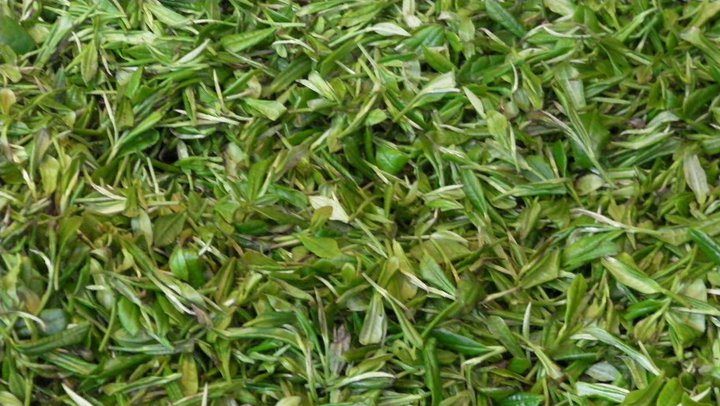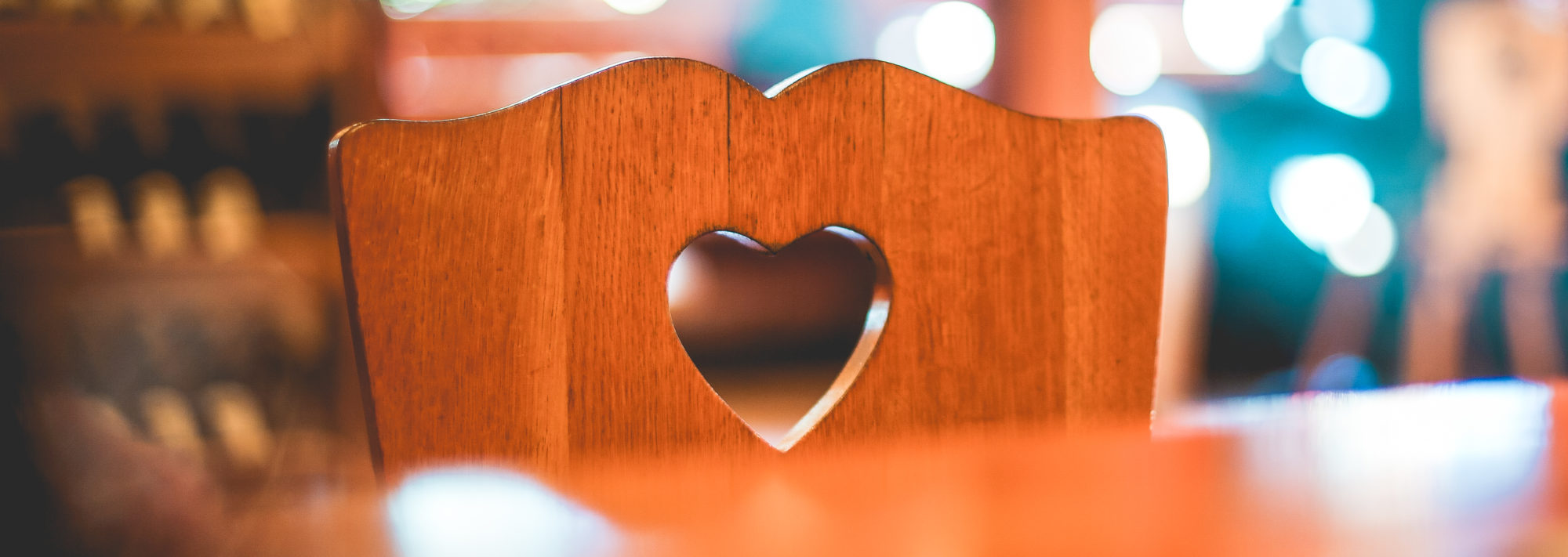
TEA TIME !
Tea is one of the most consumed beverages in the world, but how much do you really know about it? Tea comes in many different styles, flavors and origins, just like wine.
Leave to the Japanese to go really full nerd about it, there are dozens of variables depending on when the leaf is picked and how it is processed. This changes the flavor, the color, the taste and the optimal brewing temperature.
These guys @nyomilife have a great breakdown of the 42 types of teas that you can get in Japan… Wild! Super interesting if you are a Sommelier or just a beverage geek in general. Wanna learn more? check their site out, some very cool teas to be had (BTW we are not affiliated, not paid for this, not getting anything out of it commercially (but they sound like nice people).
https://yunomi.life/blogs/japanese-tea-guide/list-of-japanese-teas
SOME CHEAT NOTES (with info from from their site)
Why so much ceremony?
It’s about the company and to bring awareness to your own sense of being and to connect with others. The idea is that tea should be a spiritual experience that ‘heightens your awareness of the world’.
According to their claim, there are “70+ schools of tea ceremony” however they all have different rules depending on the school.
Japanese tea production can be simplified as
harvest –> steam –> roll –> dry –> sort –> post-process.
GROWING TEA
+ Location, location, location. Just like wine.
Mountain tea with night/day differences = delicate flavors
Flat or valley tea = faster growth, bolder flavors
Varietals
There are 200+ different varietals in Japan particular, like Uji Hikari Matcha, renowned for it’s flavor. . .
Yabukita – 75% of the tea grown in Japan. Hardy & makes decent sencha BUT produces less theanine and duller color. (so + bitter and less green)
Why field blends?
Just like wine, prevents catastrophic loss, pest resistance, different harvest time, flavor.
Other varietals
| Asahi Asanoka Gokou (or Gokо̄) Hо̄shun Kanaya Midori Samidori | Saemidori Okumidori Okuyutaka Seimei Tenmyо̄ Uji Hikari Uji Midori |
| BY PERCENTAGE (and links!) Yabukita: 75% (31905ha) Yutaka Midori: 6% Saemidori: 3% | Okumidori: 3% Sayama Kaori: 2% Kanaya Midori: 1% Asatsuyu: 1% Zairai: 2% Others: 7% |
Major flavor compounds:
Catechin (antioxidants) → bitter
L-theanine, aminoacid → umami flavor, (savoury sweetness)
As the plant grows theanine → catechin (unless shaded like for matcha)
Harvesting
Machine harvesting = less quality tea (but faster, cheaper)
Spring harvest → best tea, flavorful not bitter
Grinding
Highest quality is stone ground (like chocolate or corn)
Takes 10 hours to process 500gr (hence the price)
Faster is possible but detracts from flavor
Grading matcha (only made from shaded leaves)
1. Flavor (high umami, low bitterness)
2. Smooth texture (fine grind, 5 microns ideal, 15 for cooking)
3. Bright green color
4. Rich aroma
5. Foamy (added texture when whipped with a whisk)
STORAGE
6 months or less ideal for matcha

Who will vouch for your for the reopen? We can help. Your peers and your customers will have a way to help you reach your goals, if you let us help you.
Register and have the advantage of collecting reviews for you, wherever you go. Let’s face it, places open and close, managers move on and change numbers. But the one constant thing is YOU. So wherever you go, and do good work, that is value that gets lost without a vote. Your reputation can now be made real, whenever, wherever.
We’ll help you reach the stars.

